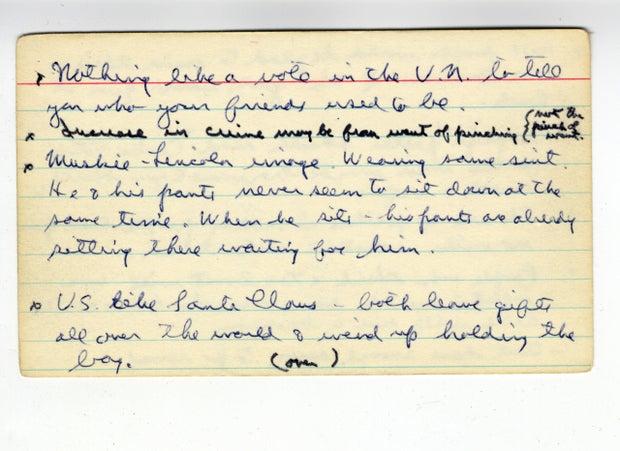By asking students to share their annotations openly, we help students to see a wide range of annotation practices, thus demystifying what has often been a private, individual practice.
Of course, some of the private, individual practice can be terribly formed and generally useless for many, so it becomes imperative that students have some strong modeling here from the rhetorical side. What exactly do "good" and "useful" practices look like? How are these annotations used after-the-fact? What purposes do they serve? Can they be reused? Even with open annotations, there is still a lot of additional practice and use which happens beyond the visible annotation which is hidden.
How can we leverage the open annotation and the following process (for example that of Ahrens2017 or Eco2015, 1977) to show more of the workflows of not only learning/understanding/sensemaking, but then taking that material to apply, analyze, evaluate, and then subsequently create new material?
I see a lot of this sort of community sensemaking in the fora for digital note taking tools like Roam Research, Obsidian, Tana, etc. People there may sometimes be more focused on workflows for productivity sake, but there's a lot of subtle learning about note taking practice which is also going on between the lines.

